British Museum |
|
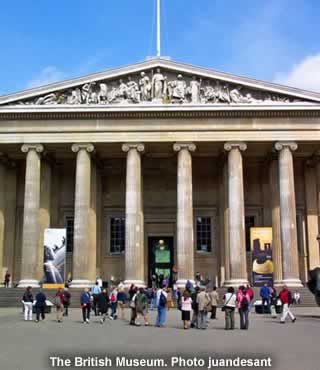 |
|||
Tells the story of human history, all the way from its humble beginnings, to today's latest stories |
||||||||
Listen to this article |
||||||||
|
||||||||
 Photo juandesant |
||||||||
The British Museum aims to tell the story of human history, all the way from its humble beginnings, to today's latest stories. It is the oldest public museum in the world and nearly five million visitors a year come to inspect the 13 million artefacts, covering all the continents. The building itself is an architectural landmark in its own right, first opened back in the 1750s. In the intervening years between then and now, it has gone through several expansions. |
||||||||
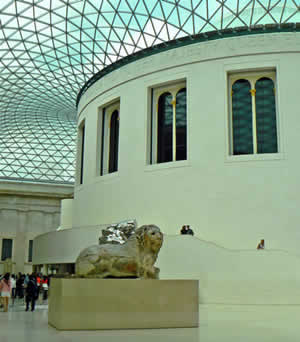 In 2000, Queen Elizabeth II opened the Great Court, a central linking point for the museum, with a striking glass roof Photo TourNorfolk |
||||||||
|
||||||||
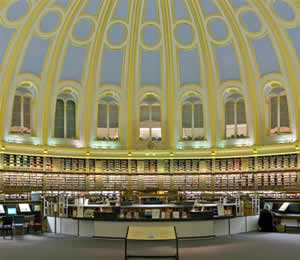 At the centre you will find the British Museum Reading Room, housing books covering history, art and travel Photo Diliff |
||||||||
Objects in the museum stretch as far back in history as two million years ago and the collection is split broadly by geography. The Egyptian antique collection is the largest outside Cairo, the Mesopotamian antique collection is the largest outside Iraq, and the collection of prints and drawings is one of the three largest in the world. |
||||||||
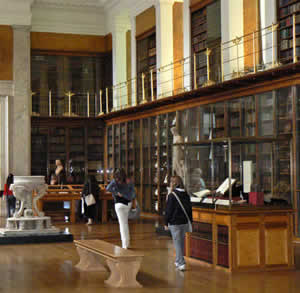 Exploring the British Museum Photo TourNorfolk |
||||||||
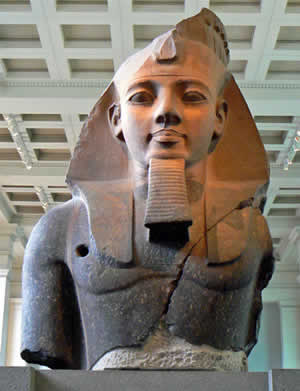 Ramesses II 1250 BC Photo TourNorfolk |
||||||||
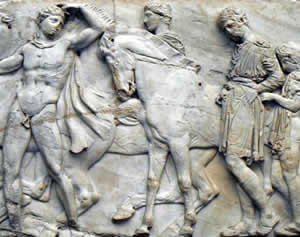 The Parthenon Sculptures are detailed relief marble sculptures dating from the 5th Century BC. They were brought back to England by Lord Elgin from the Parthenon, Athens Photo TourNorfolk |
||||||||
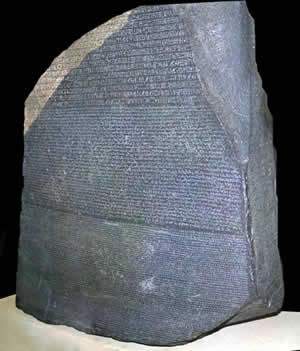 The Rosetta Stone is a granite tablet, dating from the 2nd Century BC, that was instrumental in advancing modern understanding of Egyptian hieroglyphic writing Photo Hans Hillewaert |
||||||||
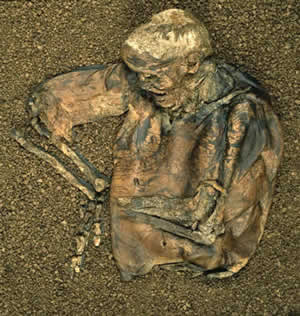 The Lindow Man is a 2,000 year old body of a man, well preserved in the peat bogs of Cheshire; found in 1984, scientific analysis has shown his last meal was cereal with some mistletoe, indicating his death was an elaborate ritual Photo in the public domain |
||||||||
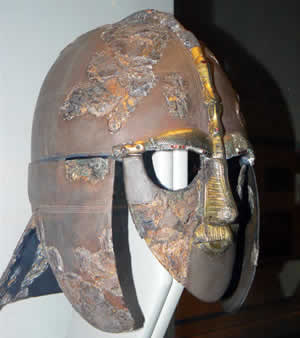 The Sutton Hoo Ship, was the burial chamber of a anglo-saxon king, found in East Anglia in 1939 and containing many treasures including the magnificent ceremonial helmet on display Photo TourNorfolk |
||||||||
|
||||||||
The museum's foundations lie in the will of the physician and naturalist Sir Hans Sloane (1660–1753). During the course of his lifetime Sloane gathered an enviable collection of curiosities and whilst not wishing to see his collection broken up after death, he bequeathed it to King George II, for the nation, for the princely sum of £20,000. Throughout its lengthy history, the museum has kept intact its fundamental beliefs – that its collection should be freely accessible to the public, and that all human cultures should try to understand one another. With a broad collection of artefacts, and free admission, those ideals are certainly part of the museums modern identity. |
||||||||
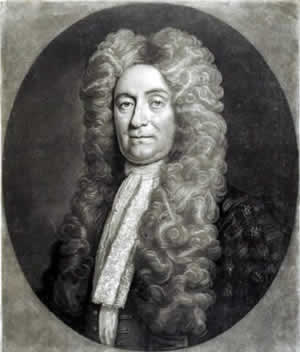 Sir Hans Sloane, who left his personal collection to the nation on his death in 1753 and so began the British Museum Photo in the public domain |
||||||||
|
||||||||
|
||||||||
British Museum is open daily, 10am to 6pm. Entry is FREE. Great Russell Street, London WC1B 3DG. Tel: 020 7323 8299 |
||||||||
|
Pocket Britain is optimised for use on a smartphone or tablet with internet access. All content is subject to copyright. All reasonable methods have been used to ensure information supplied is accurate at the time of publication. However, it is advisable to check information before relying on it. Privacy Policy |